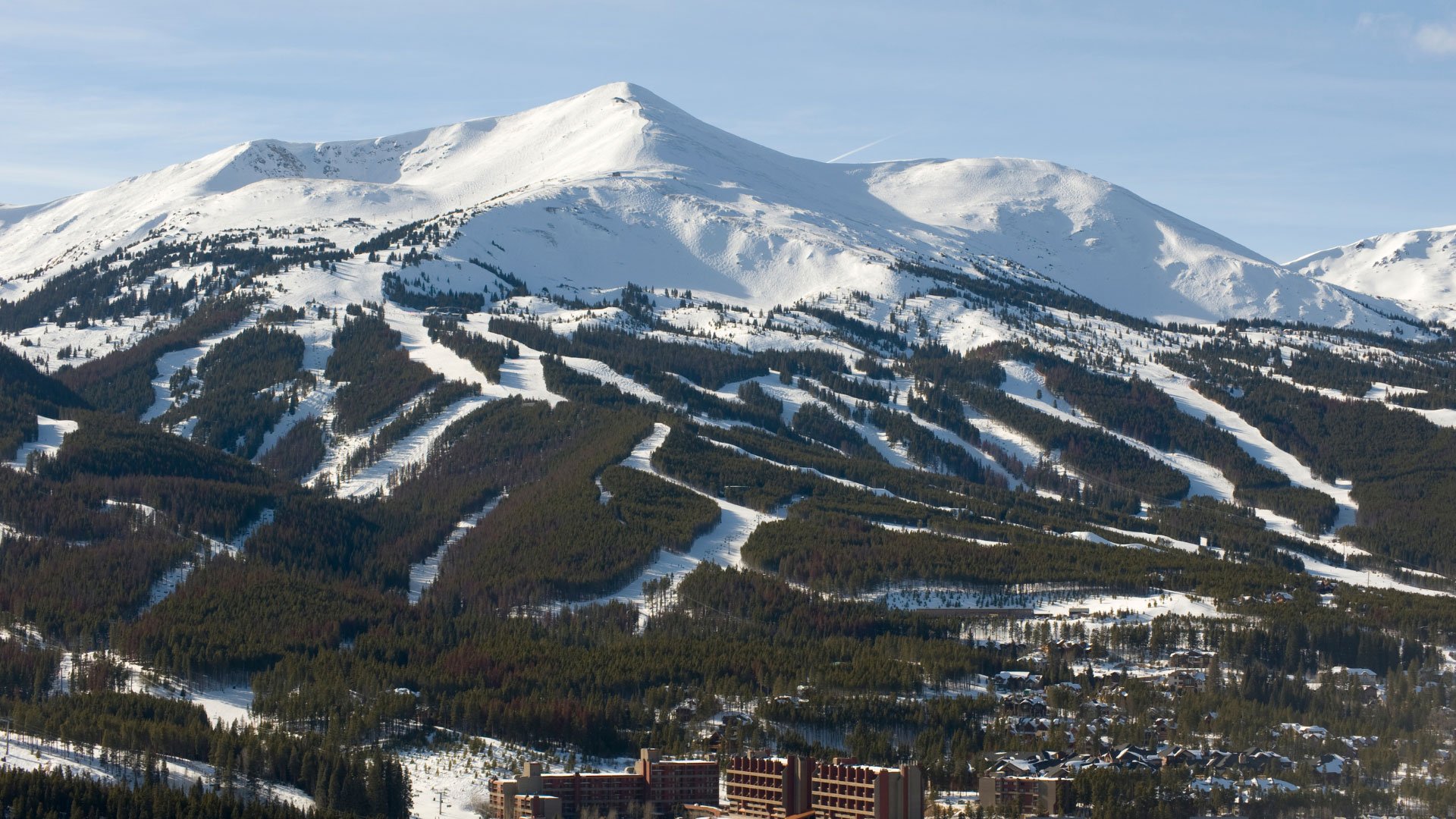How Climate Change Is Affecting The Ski Industry
Ski resorts have long been a favorite destination for winter sports enthusiasts. From the majestic mountain ranges to the powdery snow, skiing and snowboarding offer thrilling experiences that attract millions of visitors every year. However, climate change has significantly impacted the ski industry, and the effects are becoming increasingly evident.
Climate change refers to the long-term changes in temperature, precipitation, and other climatic variables caused by human activity. The greenhouse gases emitted from burning fossil fuels, deforestation, and other human activities trap heat in the atmosphere, leading to global warming. As a result, the earth's climate is changing, causing various impacts such as melting glaciers, rising sea levels, more frequent and intense weather events, and altered precipitation patterns.
The ski industry is among the many sectors feeling the impacts of climate change. The snow-dependent ski industry is vulnerable to the changing climate as warmer temperatures result in less snowfall, shorter snow seasons, and poor snow quality. The ski industry contributes significantly to the global economy, and these changes have far-reaching economic, social, and environmental consequences.
One of the most evident impacts of climate change on ski resorts is the declining snowfall. Warming temperatures have resulted in less precipitation, which means less snowfall, particularly at lower altitudes. In addition, the snow that does fall is often wetter, denser, and less stable, which can be dangerous for skiers and snowboarders. This reduction in snow cover and the subsequent shorter ski season has caused a decline in revenue for ski resorts, impacting the surrounding economies that depend on the industry.
Moreover, climate change impacts are not only limited to snow quality and quantity, but also to the natural environment surrounding ski resorts. The melting of glaciers and permafrost destabilizes the slopes and creates a higher risk of avalanches, increasing the costs of infrastructure and safety measures. Furthermore, the melting of snow and ice, coupled with heavy rainfall, can cause severe flooding and landslides, threatening the infrastructure and communities around the resorts.
Ski resorts are now faced with the challenge of adapting to these changes, and many are taking action to become more sustainable and resilient. Some ski resorts are investing in snowmaking technology to supplement the natural snowfall, while others are diversifying their activities, offering summer activities such as mountain biking and hiking. Moreover, many ski resorts are adopting sustainable practices, such as using renewable energy, reducing waste and carbon emissions, and implementing eco-friendly transportation options.
In conclusion, climate change has a significant impact on ski resorts, and the industry must adapt to these changes to remain sustainable. The loss of snow cover and shortened ski season poses a severe threat to the economy and environment surrounding ski resorts, but by taking action, the industry can reduce its carbon footprint and mitigate the impacts of climate change. It is essential to remember that individual actions also have an impact, and by reducing our carbon footprint, we can contribute to a sustainable future for our ski resorts and the environment.



